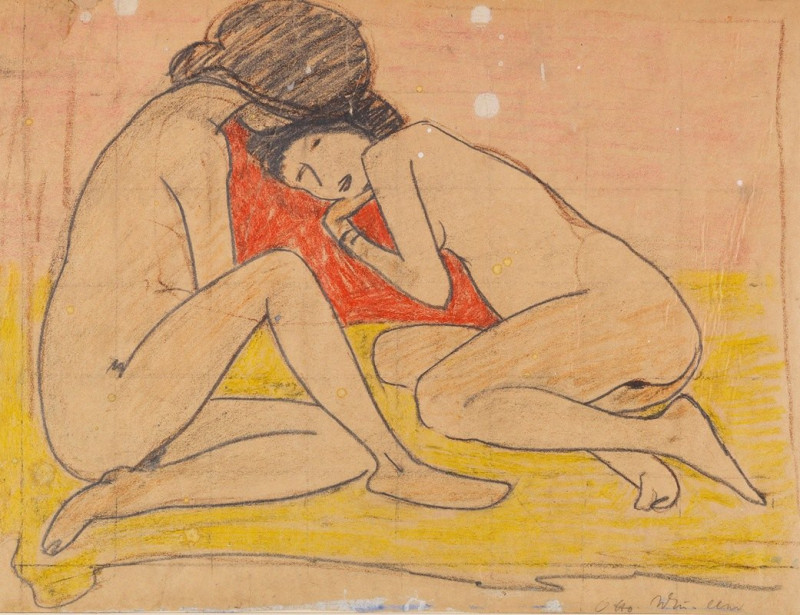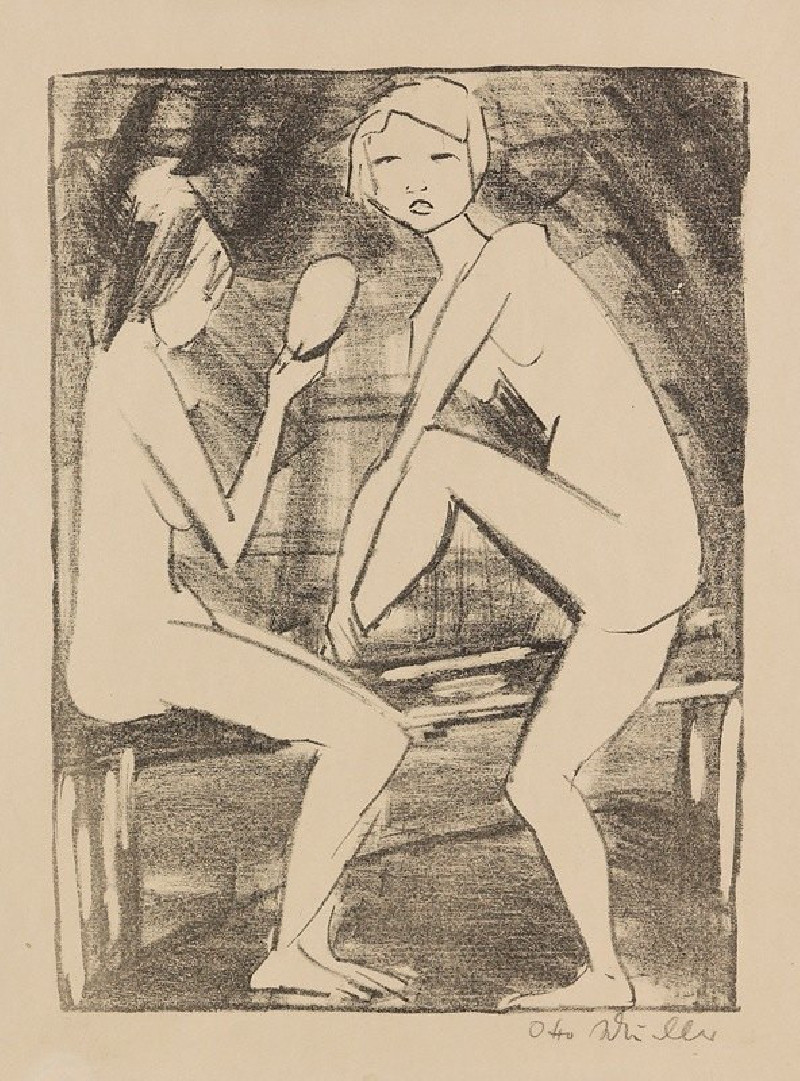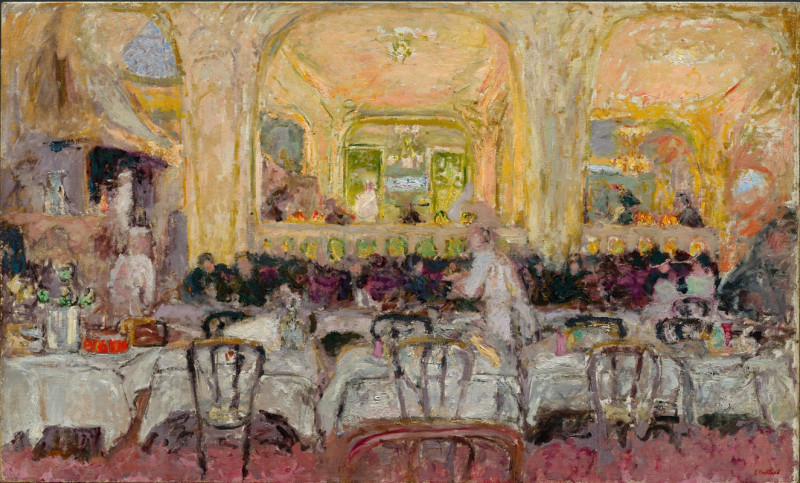Fünf Gelbe Akte Am Wasser (1921)
Technique: Giclée quality print
Recommended by our customers
More about this artwork
Dive into the captivating world of Otto Mueller, one of the key members of the German Expressionist group, Die Brücke, with "Fünf Gelbe Akte Am Wasser" ("Five Yellow Nudes by the Water"). Crafted in 1921, this lithography offers a stunning visualization where simplicity meets vibrancy.The painting unfolds an expressive scene of five yellow-toned nude figures aligned near a water backdrop. Mueller employs a limited yet striking palette, primarily focusing on shades of yellow for the figures against the contrasting dark blue and white to depict the undulating water patterns and shoreline. This purposeful use of color accentuates the figures, giving them a luminous, almost ethereal quality, while also highlighting their graceful, elongated forms.The gestures and placements of the figures suggest a narrative of calmness and intimacy with nature. Each figure is portrayed engaging subtly with their surroundings, from their poised, upright stances to their interactions. The scene evokes a sense of serene connection amongst the figures, connected visually in harmony and solidarity through their shared palette and environment.Through "Fünf Gelbe Akte Am Wasser," Mueller not only showcases his signature style of combining simplistic form with emotional depth and vibrant color but also reflects the ethos of the Expressionist movement: to capture the rawness of emotional experience, even in the most tranquil settings. This piece is a testament to exploring human form's beauty in unity with nature, making it a memorable and crucial work in Otto Mueller's oeuvre.
Delivery
Returns
Otto Müller was a German painter and printmaker of the Die Brücke expressionist movement.
Mueller was born in Liebau (now Lubawka, Kamienna Góra County), Kreis Landeshut, Silesia. Between 1890 and 1892 he was trained in lithography in Görlitz and Breslau. From 1894 to 1896 he studied at the Academy of Fine Arts in Dresden and continued his study in Munich during 1898. He left Munich's academy after Franz von Stuck classified him as untalented.














































